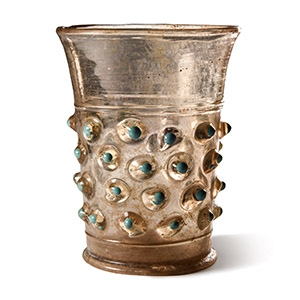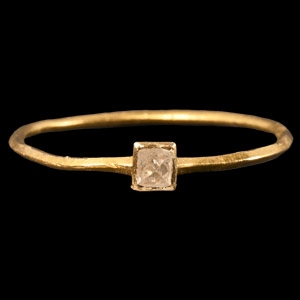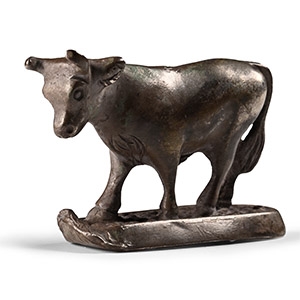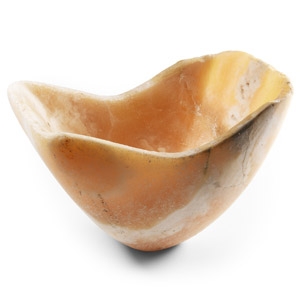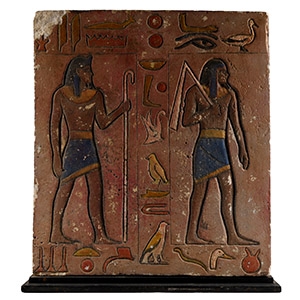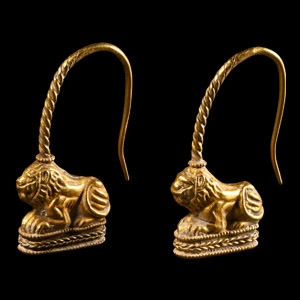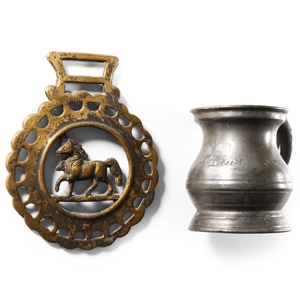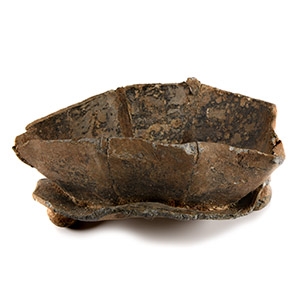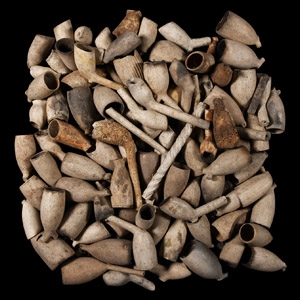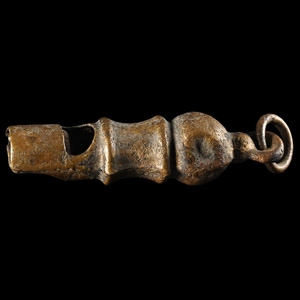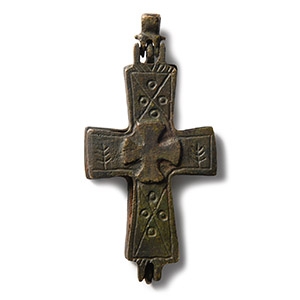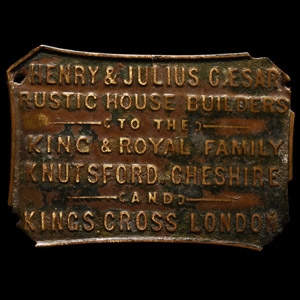Home > Auctions > 5 - 9 December 2023
Ancient Art, Antiquities, Natural History & Coins
Auction Highlights:
Acquired in the late 1960s-early 1970s.
Ex property of a gentleman.
Acquired on the UK art market in 2018.
Property of a Kent lady collector.
Cf. Rolland, H., Bronzes Antiques de Haute Provence, Paris, 1965, item 242, for type.
Acquired Yarmouth, Suffolk, 1970s.
Property of an Essex collector.
Property of a North London, UK, gentleman.
From a French collection, Paris.
Ex Parisian gallery, France; latterly with a London, UK, gallery.
From the collection of a North American gentleman, formed in the 1990s.
Property of an Essex collector.
Acquired from Manfred Schotten Antiques, UK.
The Kusmirek Collection, UK.
Found Somerset, UK.
Accompanied by a letter from Bristol Museum dated 26th July 1990 identifying the object.
Acquired 1990s-early 2000s.
East Anglian private collection.
Found on the Thames foreshore, London, UK, circa mid 1980s.
Property of an Essex collector.
Cf. Leahy, K. and Lewis, M., The British Museum's Portable Antiquities Scheme Finds Identified: An illustrated guide to metal detecting and archaeological finds, Essex, 2018, p.350, item LVPL-8E9B4F, for a similar object date 1550-1650, (NB. the same object has not been updated on the PAS database, so is still dated 1700-1900); cf. The Portable Antiquities Scheme Database, id. NMS-2201BE for similar, dated 1700-1900 AD.
Acquired 1980-1990s.
From the private collection of H.N., Milton Keynes, Bedfordshire, UK.
See Pitarakis, B., Les Croix-Reliquaires Pectorales Byzantines en Bronze, Paris, 2006, for original examples from the Eastern empire.
Usually the reliquary crosses or enkolpia, were composed of two separate halves, inside of which a relic of a saint was contained; this could have been a piece of cloth or a bone. The practice, in the Orthodox Church, is still in place today, sometimes by using reproductions of ancient styles, like our specimen, probably realised at the beginning of the last century.
Acquired in the 2000s.
Property of a Stowmarket, UK, gentleman.
The business began as 'Henry Caesar' of Knutsford, Cheshire, in 1871, and the name was changed to 'Henry and Julius Caesar' by 1889 in order to capitalise on its glamorous assications.
1153 - 1164 of 2409 LOTS

.jpg)


.jpg)

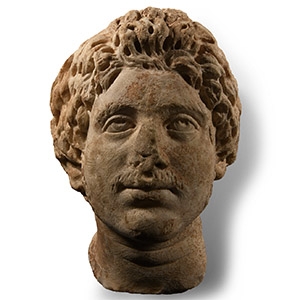
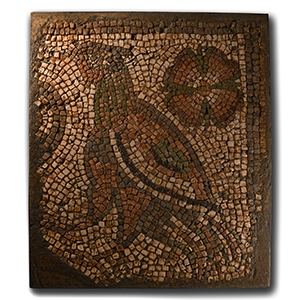
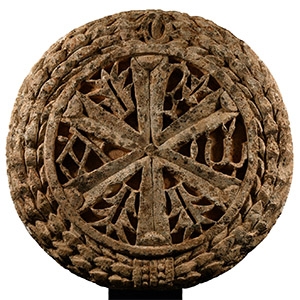


.jpg)


.jpg)
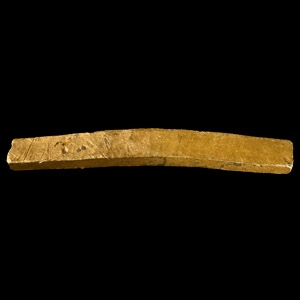
.jpg)
